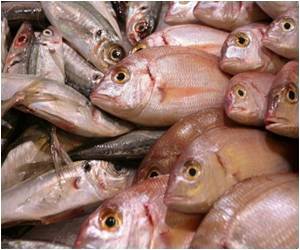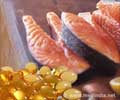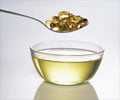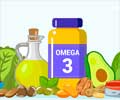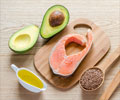Find out why Omega 3 and 6 fatty acids are so important to us and how we can maintain a suitable balance with therapeutic foods and fish oil supplements.
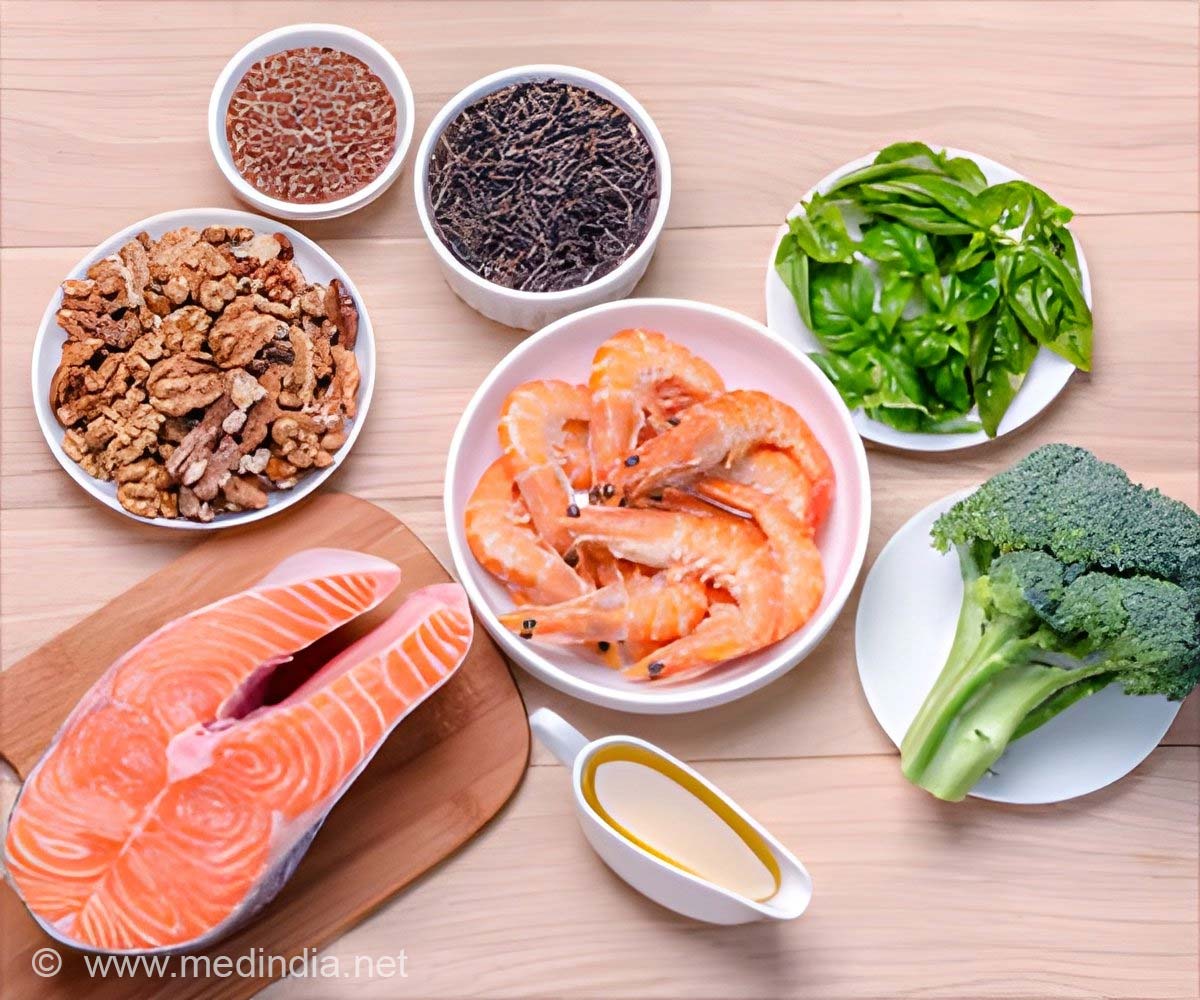
To maintain optimum health, it is absolutely necessary that a proper balance is maintained between levels of the two fatty acids. Over the millennia, our diets have changed dramatically, with the shift being even more pronounced in recent decades. This change is in the ratio of Omega 6 to Omega 3 polyunsaturated fatty acids that we ingest through our diet. Omega 6 levels have spiraled because of an abundance of omega 6 fats in chemically extracted vegetable oils, margarine and salad oil, while there has been a corresponding decrease in omega 3 intake, which in the past was available abundantly from cold water fish and grass-fed or wild meat. While the ideal ratio of omega 6 to omega 3 fatty acids is 4:1 to 1:1, the average ratio in the American diet today is a shocking 20:1. These figures are just as bad in most urbanized parts of the world. The high intake of peanuts in most urban diets also contributes to the high levels of omega 3 fatty acids.
Findings of Recent Study
Our bodies can produce all of the fatty acids that we need with the exception of linoleic acid and alpha-linolenic acid. These fatty acids must be absorbed through the food we eat which is why health care experts and nutritionists have been concerned with the role and scope for ready-to-use therapeutic foods or RUTFs. It should also be pointed out that while our bodies can de-saturate and elongate both linoleic acid and alpha-linolenic acid to produce long-chain polyunsaturated fatty acids like eicosapentaenoic acid (EPA) and docosahexaenoic acid (DHA), our cells are not very efficient when it comes to converting alpha-linolenic acid to EPA and then DHA. It is advisable to obtain these long chain polyunsaturated fatty acids directly from food.Dr. J. Thomas Brenna of Cornell University recently led a team of researchers who reviewed the findings of studies this far into the role of ready-to-use therapeutic foods (RUTFs). Based on their analysis of the data, it is apparent that maintaining an optimal balance of omega-6 and omega-3 fatty acids through the foods we ingest is of the utmost importance, especially in children. Ready-to-use therapeutic foods are high energy density foods that are used to treat severe malnutrition, which is most common among children in underdeveloped and developing parts of the world. A decrease in the intake of linoleic acid through the diet, with or without simultaneous increases in omega 3 intake from the diet, results in an increase of EPA and DHA content in red blood cells. Researchers point out that the most suitable strategy would be to increase DHA and EPA intake.
While the study may have focused on role of ready-to-use therapeutic foods when dealing with acute malnutrition, the problem of an omega 6 and omega 3 imbalance is typical of all industrial diets across the world. Many nutritionists and experts therefore recommend 500 mg EPA and DHA supplementation for adults and 250 mg for children. Before taking any supplements or making any drastic dietary changes however, make it a point to consult with your pediatrician and other health care providers.
Consequences of Omega 3 – Omega 6 Imbalance
How to Maintain Balance
The best way to maintain that balance of omega-6 and omega-3 intake is by cutting down on food sources that are high in omega-6. This does pose some problem as many of the most widely consumed foods and food products contain omega-6. To start with, avoid processed seed- and vegetable oils that have high omega-6 content. Most of these foods are not really natural to the human diet but were only introduced in the last century, completely distorting the balance of omega-6 and omega-3 fatty acids. It’s not necessary or desirable to eliminate every food that is rich in omega-6 because many of these foods are extremely healthy, like nuts, seeds and certain grains. It is important that such foods are consumed in moderation however.Reference:
1. Brenna JT, Akomo P, Bahwere P, Berkley JA, Calder PC, Jones KD, Liu L, Manary M, Trehan I, Briend A. Balancing omega-6 and omega-3 fatty acids in ready-to-use therapeutic foods (RUTF). BMC Med. 2015 May 15;13:117. doi:10.1186/s12916-015-0352-1. PubMed PMID: 25980919; PubMed Central PMCID:PMC4433071.2. http://oregonstate.edu/ua/ncs/archives/2013/oct/excess-omega-3-fatty-acids-could-lead-negative-health-effects
Source-Medindia


